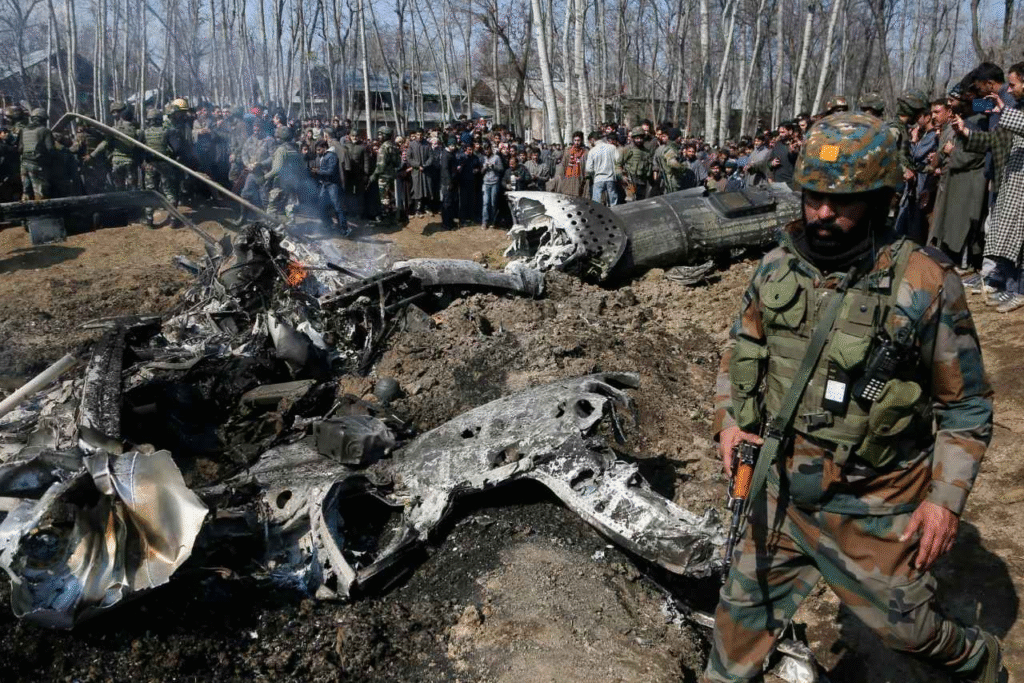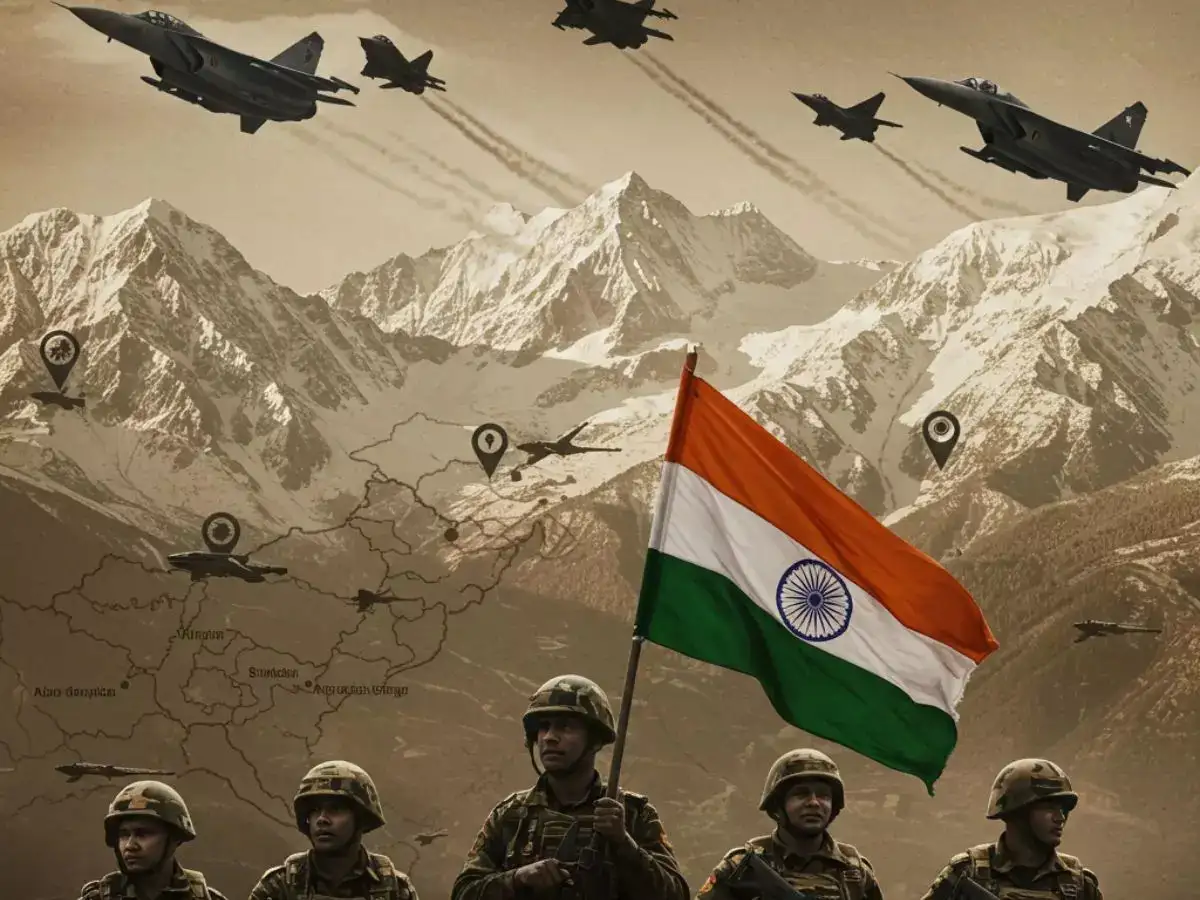
The possibility of war between India and Pakistan has been a topic of concern for decades. These two nuclear-armed neighbors share a tumultuous history, marked by territorial disputes, military confrontations, and political hostility. As tensions escalate due to recent incidents, the question arises: Are India and Pakistan on the brink of war? Understanding the dynamics of their relationship requires delving into history, analyzing recent developments, and assessing the potential outcomes of a conflict.
A Historical Backdrop: The Genesis of Tensions
The roots of India-Pakistan animosity lie in the partition of British India in 1947. This division created two independent nations—India and Pakistan—but left a trail of bloodshed, displacement, and unresolved disputes. The princely state of Jammu and Kashmir became the most contentious issue, with its ruler opting to accede to India despite a majority Muslim population. This decision sparked the first India-Pakistan war in 1947-1948 and established the Line of Control (LoC), a de facto border that remains a flashpoint to this day.
The 1965 war, the 1971 war leading to Bangladesh’s creation, and the 1999 Kargil conflict further entrenched hostilities. Over the years, both nations have engaged in numerous ceasefire agreements and diplomatic efforts, but the shadow of mistrust persists. These historical conflicts have shaped the psyche of both nations, fostering a narrative of enmity that influences political discourse and public opinion.
Recent Developments: A Worrisome Escalation
In the past decade, several events have exacerbated India-Pakistan tensions. The 2016 Uri attack, in which Pakistani militants targeted an Indian Army base, prompted a surgical strike by India. The 2019 Pulwama attack, where a suicide bomber killed over 40 Indian paramilitary personnel, led to an Indian airstrike in Balakot, deep within Pakistani territory. Pakistan’s retaliatory action and subsequent aerial dogfights underscored the precarious nature of their relationship.
Adding to the strain was India’s decision in August 2019 to abrogate Article 370 of its Constitution, revoking Jammu and Kashmir’s special status. Pakistan vehemently opposed this move, downgrading diplomatic ties and intensifying its rhetoric against India. The situation along the LoC remains tense, with frequent ceasefire violations leading to casualties on both sides.
The Role of External Players
The India-Pakistan conflict is not just a bilateral issue; it has significant regional and global implications. China’s strategic alliance with Pakistan, manifested through projects like the China-Pakistan Economic Corridor (CPEC), adds a layer of complexity. China’s border disputes with India further intertwine the destinies of these nations, creating a volatile triangle.
On the other hand, India’s growing partnerships with the United States, Russia, and other global powers influence its strategic calculations. While the international community often calls for restraint, geopolitical interests sometimes hinder effective mediation. The role of organizations like the United Nations in diffusing tensions has been limited, given the deep-seated nature of the conflict.
Could a War Be Declared?
In modern times, the formal declaration of war is rare. Conflicts often arise through gradual escalation, marked by skirmishes, proxy wars, or limited military engagements. For India and Pakistan, a full-scale war would likely stem from a series of retaliatory actions rather than an outright declaration. Legal frameworks within both countries mandate parliamentary approval for such decisions, but the reality of war often bypasses formalities.
The implications of a war between India and Pakistan would be catastrophic. Both nations possess significant military capabilities, including nuclear weapons. A conventional war could quickly spiral out of control, leading to unimaginable destruction. The global community, therefore, has a vested interest in preventing such a scenario.
The Economic and Humanitarian Costs of War
A conflict between India and Pakistan would have dire consequences for both nations. Economically, it would divert resources from development to defense, crippling industries and disrupting trade. For countries already grappling with issues like poverty, unemployment, and inflation, the economic toll of war would be devastating.

The humanitarian impact would be equally severe. Previous conflicts have resulted in mass displacement, loss of lives, and long-term psychological trauma. Refugee crises could overwhelm neighboring regions, while the destruction of infrastructure would hinder recovery efforts. The ripple effects of such a war would extend beyond South Asia, affecting global markets and political stability.
The Role of Media and Public Opinion
In the age of information, media plays a crucial role in shaping narratives and influencing public opinion. Sensationalist reporting and propaganda can escalate tensions, while responsible journalism can promote dialogue and understanding. Social media platforms, in particular, have become battlegrounds for misinformation and hate speech, further complicating efforts to de-escalate conflicts.
Public sentiment in both countries often oscillates between calls for peace and demands for retribution. Political leaders must navigate this complex landscape, balancing national security concerns with the need to avoid unnecessary provocation. Building a culture of peace requires addressing the underlying issues that fuel hostility and fostering mutual respect.
Diplomatic Efforts: The Path to Peace
Despite the challenges, diplomacy remains the most viable solution to India-Pakistan tensions. Bilateral talks, third-party mediation, and confidence-building measures can help bridge the gap. Historical examples, such as the Simla Agreement of 1972 and the Lahore Declaration of 1999, demonstrate that progress is possible when both sides show political will.
People-to-people initiatives, such as cultural exchanges, sports diplomacy, and trade partnerships, can also play a significant role in reducing mistrust. Encouraging interactions between civil society groups, academics, and artists can help humanize the “other” and create a foundation for reconciliation.
The Role of Global Powers
The involvement of global powers in mediating the India-Pakistan conflict is both an opportunity and a challenge. While nations like the United States, Saudi Arabia, and Russia have the influence to facilitate dialogue, their strategic interests often complicate matters. For instance, the U.S. views India as a counterbalance to China but also relies on Pakistan for its Afghanistan strategy.
To be effective, international mediation must prioritize the interests of the people directly affected by the conflict rather than serving geopolitical agendas. A neutral approach, backed by sustained engagement and economic incentives, can encourage both nations to pursue peace.
The Way Forward: Building a Sustainable Peace
The journey to lasting peace between India and Pakistan is arduous but not impossible. Addressing the core issues—such as the status of Jammu and Kashmir, cross-border terrorism, and trade barriers—requires open dialogue and a commitment to compromise. Trust-building measures, such as demilitarizing certain zones and enhancing communication channels, can reduce the risk of accidental escalations.
Educational initiatives that promote tolerance and understanding can help change the narrative of enmity. Governments, civil society organizations, and media outlets have a responsibility to counter hate speech and promote messages of unity. By investing in the next generation, both nations can lay the groundwork for a more peaceful future.
Conclusion: The Choice Between War and Peace
As India and Pakistan navigate their complex relationship, the stakes are higher than ever. The consequences of war are too grave to contemplate, making it imperative for both nations to prioritize dialogue and diplomacy. While the path to peace is fraught with challenges, the alternative—a cycle of violence and destruction—is untenable.
For the people of India and Pakistan, the desire for a better future must outweigh the grievances of the past. By choosing cooperation over confrontation, these two nations can unlock their true potential and contribute to a more stable and prosperous South Asia. The world watches, hoping that reason and compassion will prevail over hostility and aggression.

